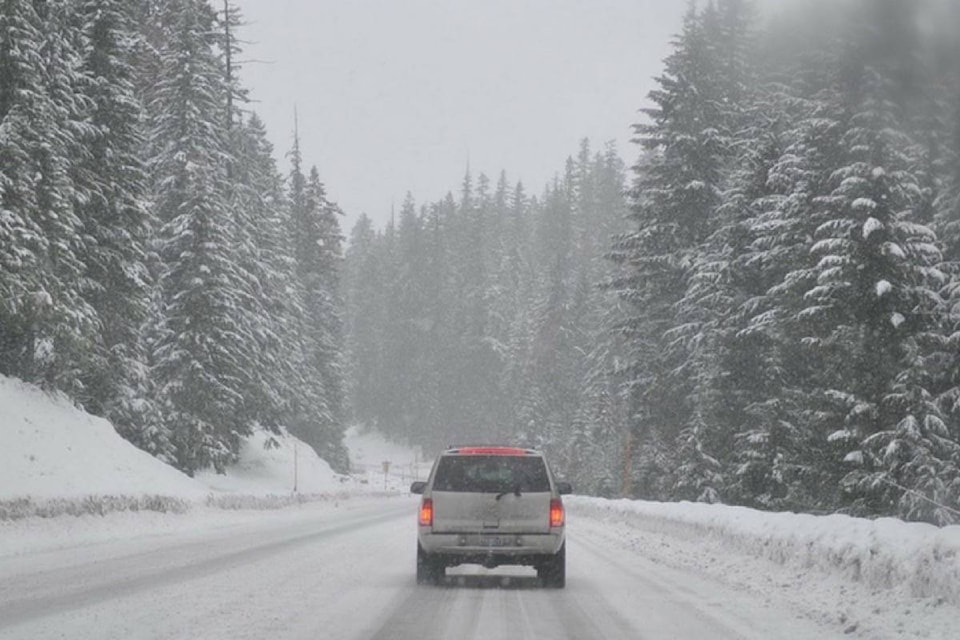The Ministry of Transportation and Infrastructure reminds travellers about increased traffic on B.C. highways during the next couple of weeks. To arrive safely, it is important to plan ahead and drive according to the weather and road conditions.
During the holidays, many British Columbians will be travelling to visit friends and family. Road conditions can change quickly. While maintenance crews strive to keep routes safe and in the best possible condition, people are advised to use caution and slow down when they encounter bad weather or limited visibility. Driving to suit the current conditions will improve safety for everyone on the road.
Over the Christmas holidays and New Year’s, 510 people are injured and two people are killed in 1,890 crashes every year in B.C. That’s 35 crashes and nine people injured every hour. In the Southern Interior, during the Christmas holidays, on average, 42 people are injured in 170 crashes every year
Winter tire regulations are in effect, and drivers are encouraged to get the best tires they can. Motorists should ensure their vehicles have tires with the mountain/snowflake or mud and snow (M + S) symbol when travelling on designated routes. For extreme winter weather conditions, tires with the mountain/snowflake symbol provide the best traction and handling.
Crashes can be prevented when motorists are prepared. Here are some helpful tips for travelling in winter driving conditions:
* Check the weather forecast. Choose alternate routes or, if necessary, postpone travelling until conditions are more favourable.
* Before you leave, check www.drivebc.ca or @DriveBC on Twitter for current road conditions.
* Nearly 800 highway webcam views are available at more than 400 locations throughout B.C.
* Wear comfortable clothing that does not restrict movement while driving. Bring warm clothing (winter boots, coat, gloves, and hat) in case you need to get out of the vehicle.
* Have an emergency plan. Ensure your vehicle is equipped with a full tank of fuel, a windshield scraper and snow brush, food and water, a first-aid kit, and other emergency supplies.
* If you are driving, avoid distractions and pull over for some rest if you feel drowsy.
* If you get stuck or stranded, do not panic. Stay with your vehicle for safety and warmth. If you have a cellphone, call for roadside assistance. If there is an emergency, call 9-1-1.
Heavy snowfall can increase the risk of avalanches in some areas. This can lead to temporary highway closures, while ministry avalanche experts ensure conditions are safe for traffic to proceed. During these times, obey all traffic control personnel.
For more tips on planning ahead during winter driving conditions, go to https://shiftintowinter.ca/.
editorial@accjournal.ca
Like us on Facebook and follow us on Twitter
